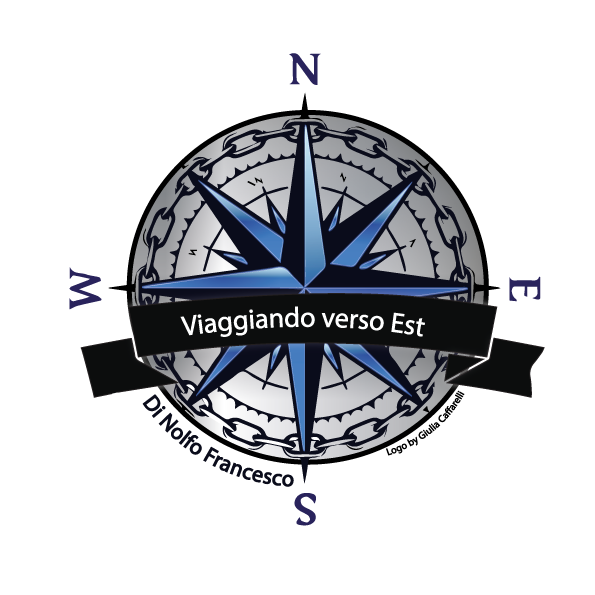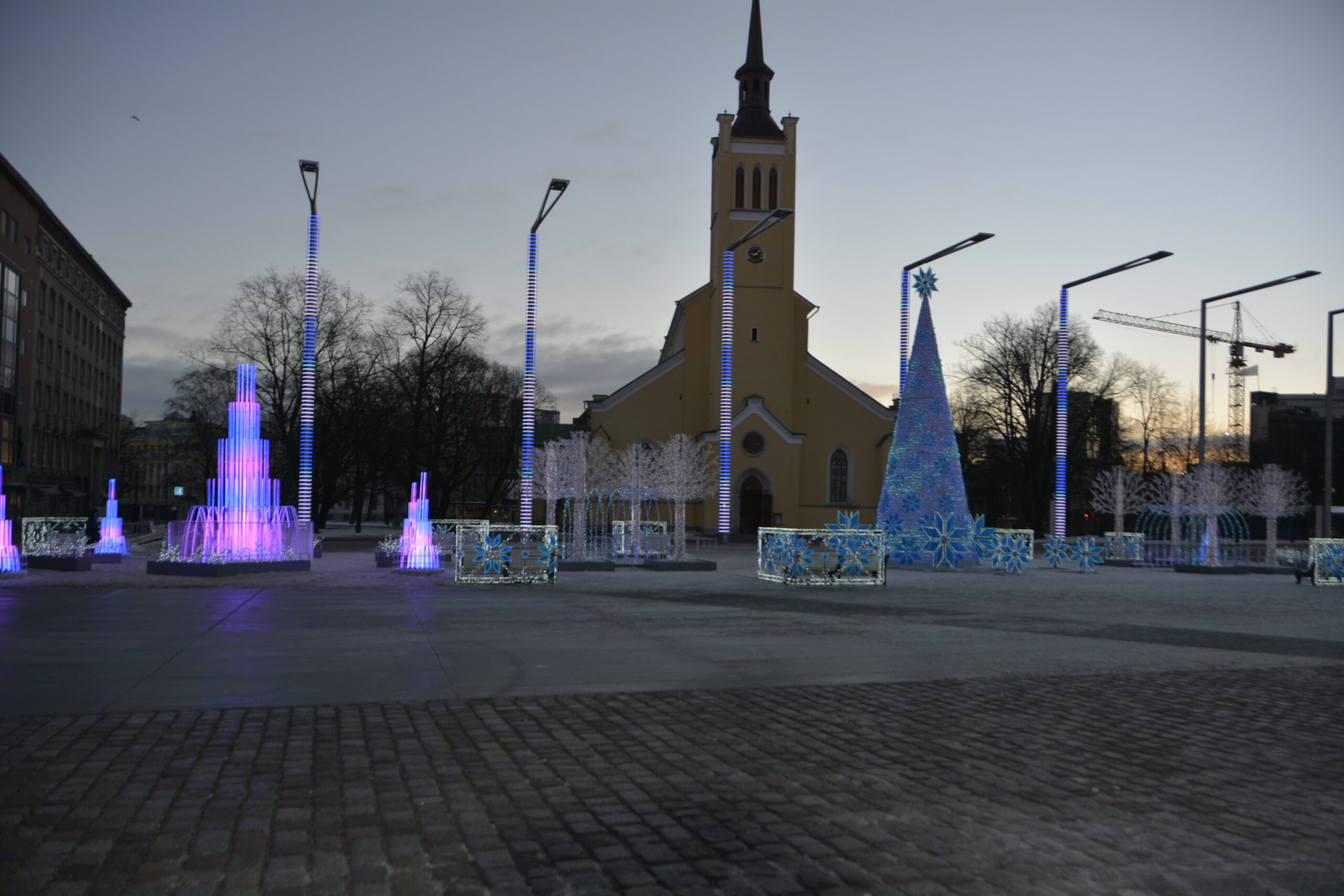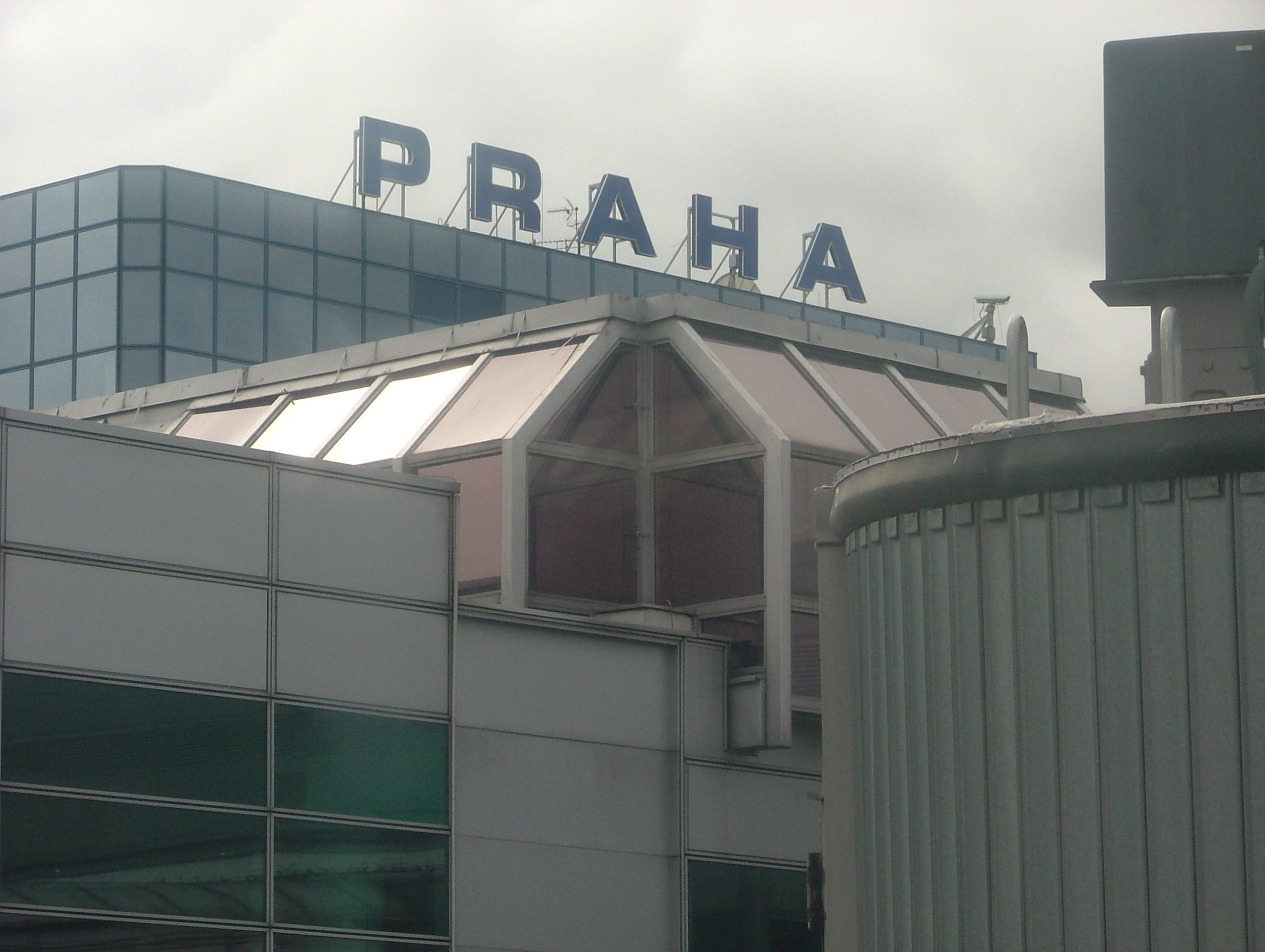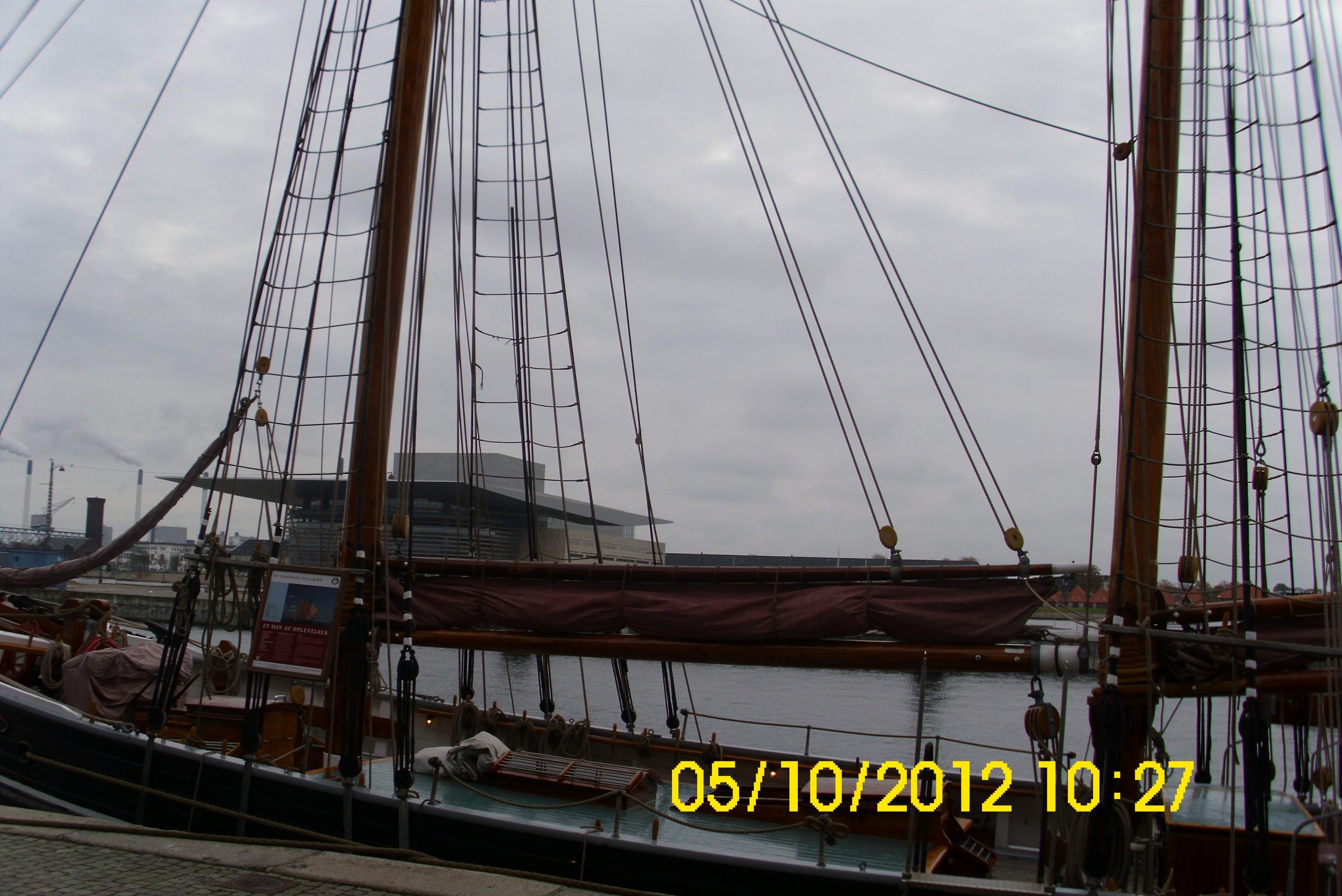A possible trip to Tallinn had been ringing in my mind for some time.
But for one reason or another I always changed my destination, but this year was the right time, also due to the Covid-19 which prevented many countries from visiting.
At the end of this trip, Estonia, one of the three Baltic countries, along with Latvia and Lithuania, made a good impression on me.
The City
small and not definitely complicated, easy to understand, enclosed almost entirely in the ‘old‘ part.
A beautiful, young and trendy city, but the suburbs are also worth a visit.
Rich in places of interests, the city can, in my opinion, be visited in three or four days.
However, if you have a few more days, you can also visit other nearby towns and treat yourself to an excursion OUTSIDE THE TOWN.
THE TRIP
It’s been not really the best. A bit stressful, due to the fact that the reduced connections only got me into town at 7pm,
but in the end I was there now all that was left was to start exploring.
From the airport to the centre, there are about 4 km so it is easy for someone like me to walk.
Alternatively, there is public transport. The tram left me about 600 metres from my B&B.
- ARRIVAL
That evening after checking into the chosen B&B, which is very nice and where they often organise theme evenings, I go out and start seeing that little I can.
I mostly concentrate on the Central Square, where there is a stone in the shape of the Wind Rose and from where you can see all five spires of the old town.
Right in the Central Square is also the town hall and there I look for something to eat.
Unfortunately, in Tallinn almost all the restaurants close at 10 p.m., some go until 11.30 p.m., but then there is nothing to be found except a few pubs where you can spend the evening having a drink.
- The Raekoja Plats,:
the Main Square, where you will find the city’s town hall, Tallina Raekoda in Estonian, the only one still standing in northern Europe built in the Baltic Gothic style; the spire of the town hall was destroyed during the bombing of 1944 and it was rebuilt only six years later.
- First impressions
Sunday was the first official day for sightseeing, again starting from Raekoia Plats you can admire the Raeapteek, (the town pharmacy) on the opposite side of the town hall. It is the town’s pharmacy perhaps the oldest in Europe and is located at number 11.
Going down the side of the pharmacy, you will find yourself in Viru Street, full of shops of various kinds as well as pubs where you can spend a pleasant evening.
Follow it all the way to the end and you will arrive at Viru Gate.
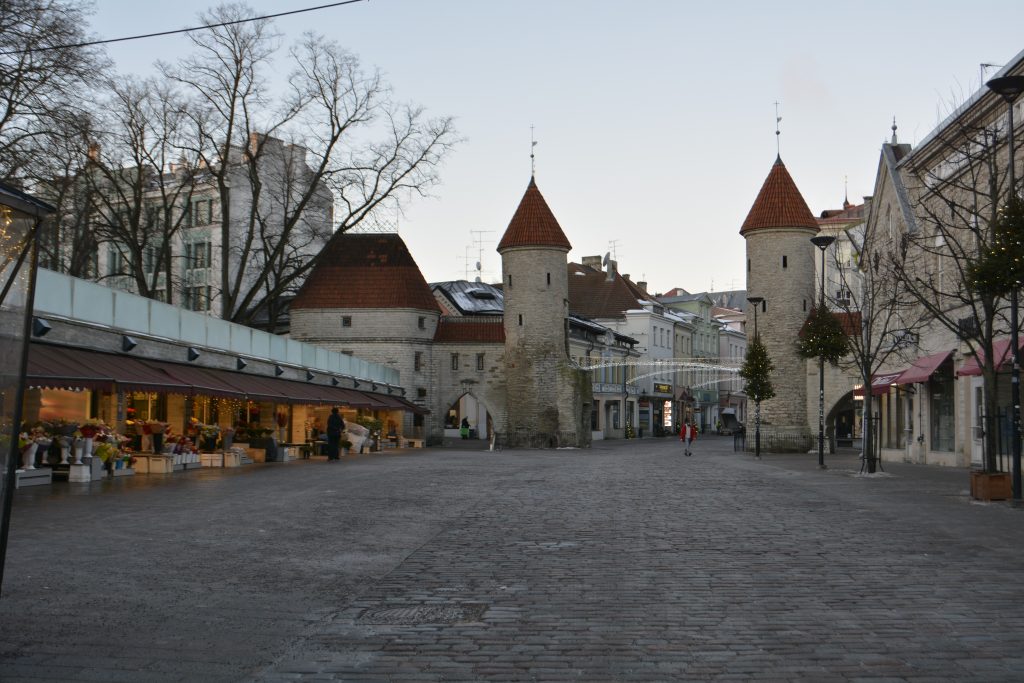
With approximately 2 km of walls surrounding the city, Tallinn is one of the most fortified cities in Europe.
In the past, the two towers at Viru Gate were used as the city’s defence system, while today the remaining towers have become museums or restaurants.
Another very important street to cross in Tallinn is the Pikk tänav (Long Street)
It is the street that runs through the Old Town and was once inhabited by the wealthiest merchants.
On Pikk tänav at number 71 you will find the ‘three sisters’, a complex of three houses joined together: once it was the home of merchants as well as a place of business negotiations; today they have become three luxurious medieval-style hotels.
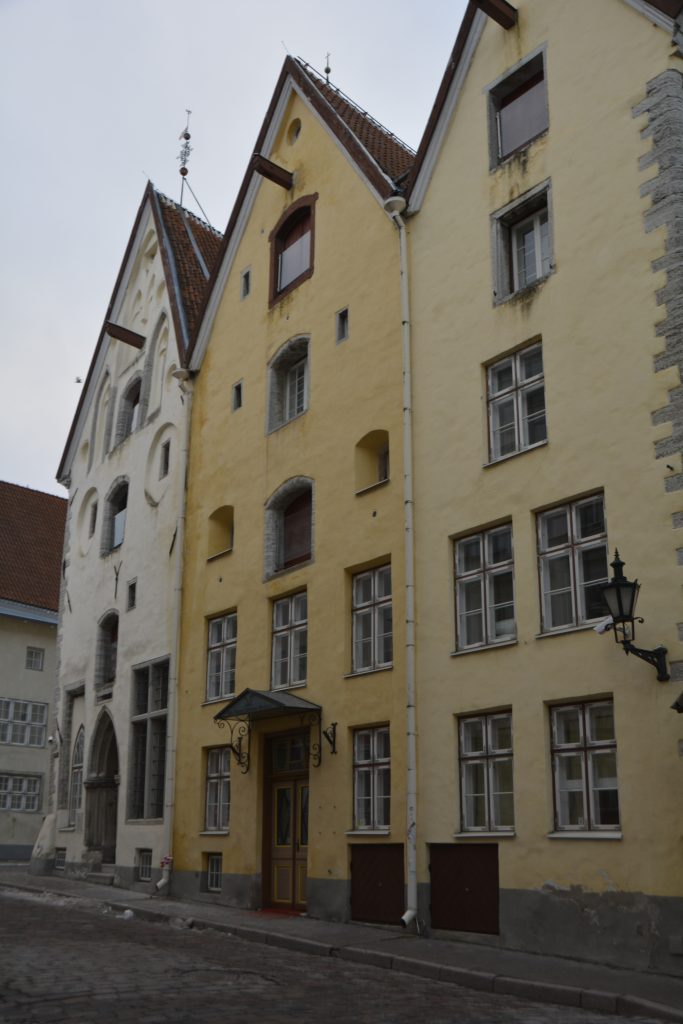
Still in the old city, it is impossible to miss Toompea Hill where the Toompea Castle and the Russian Orthodox Aleksander Nevski Cathedral stand.
Going up the road and into the various alleys, you will find two viewpoints, the Patkuli Belvedere and the Kohtuotsa Belvedere from these two points one can admire the city from the opposite sides.
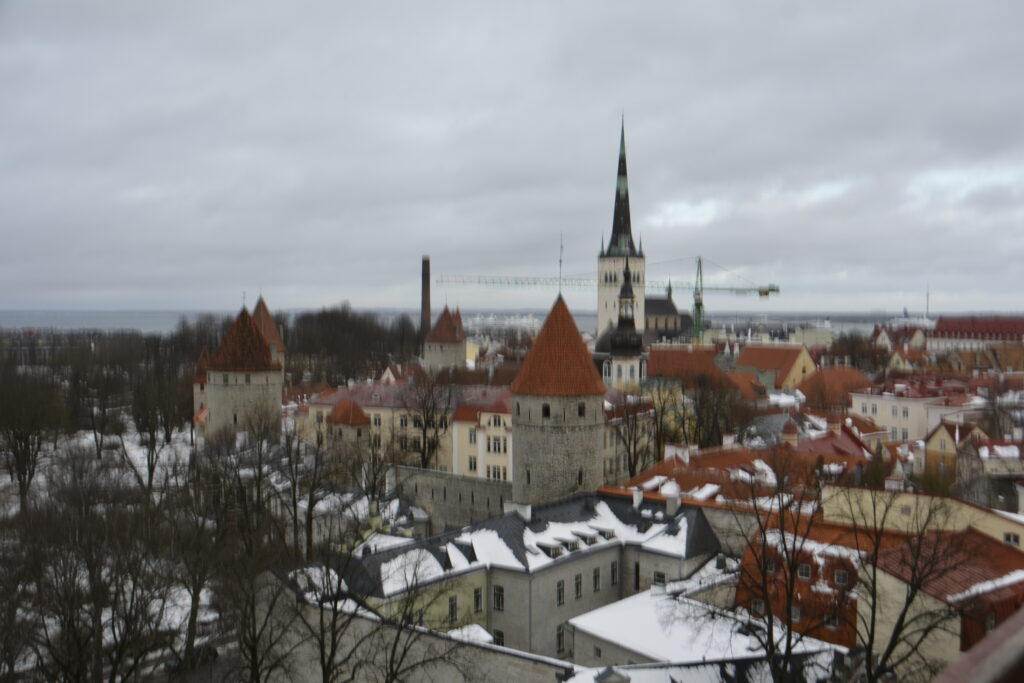
In winter, these two viewpoints, especially when the city is snow-covered, offer postcard views.
Among the most important sights to see in Tallinn, you cannot miss Kadriorg Park with its huge and picturesque castle. Originally the castle was called Catherinethal (Catherine’s Valley) and was built for Catherine I of Russia.
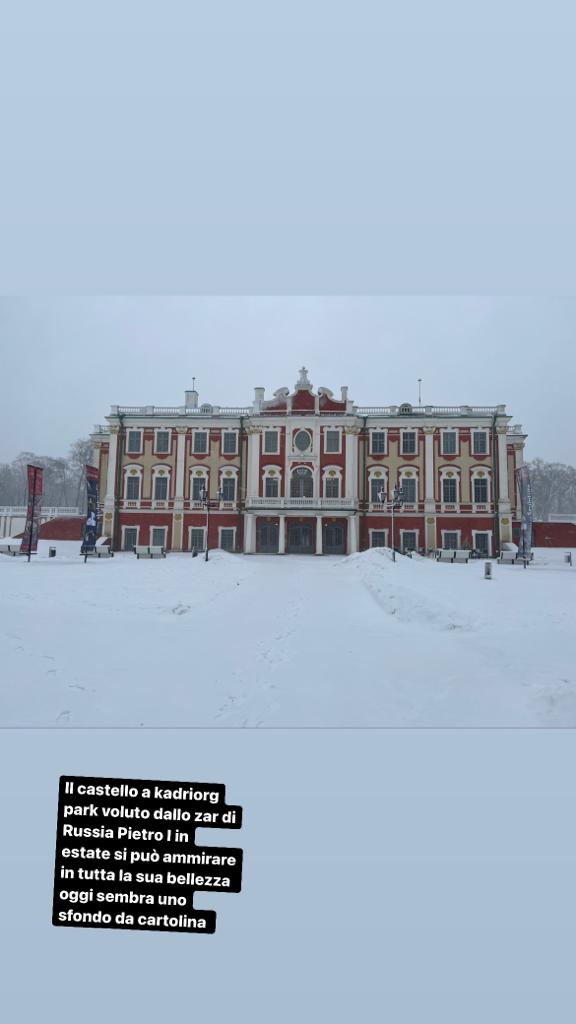
Heading out of the city is the Russalka Memorial, in Estonian (Russalka mälestussammas) a bronze monument erected on the occasion of the sinking of the Russian warship Rusalka.
Walking along Vene is one of the most picturesque places in the city, ‘St Catherine’s Passage’, a street named after the old St Catherine’s Church, of which only the ruins remain today.
The street is lined with glass workshops and workshops where craftsmen produce fantastic jewellery.
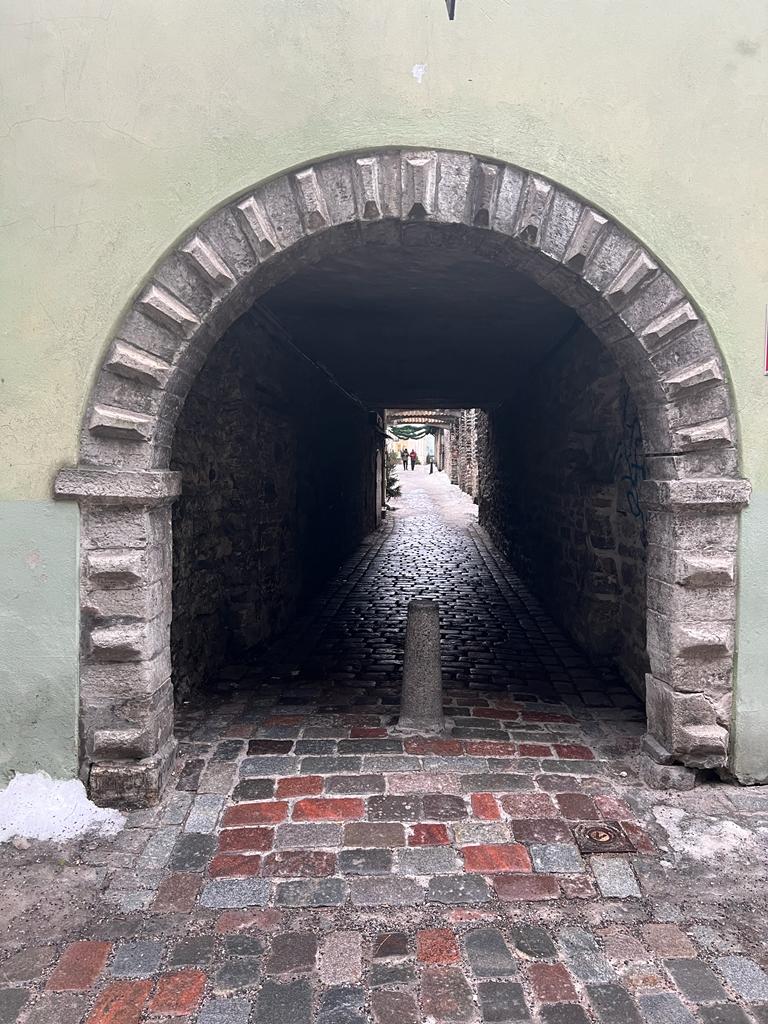
Periphery.
The heart of every city.
If the central part of the city represents the city itself, the periphery is the soul of the city.
In fact, it is in the suburbs that the city lives, where people live their everyday lives far from the ‘tourist world’. In the suburbs, you will find many ‘Soviet’ style buildings. It is not a suburb with many clubs or entertainment outlets, but you will often see little wooden houses and there you can fantasise about the life of a typical Estonian family.
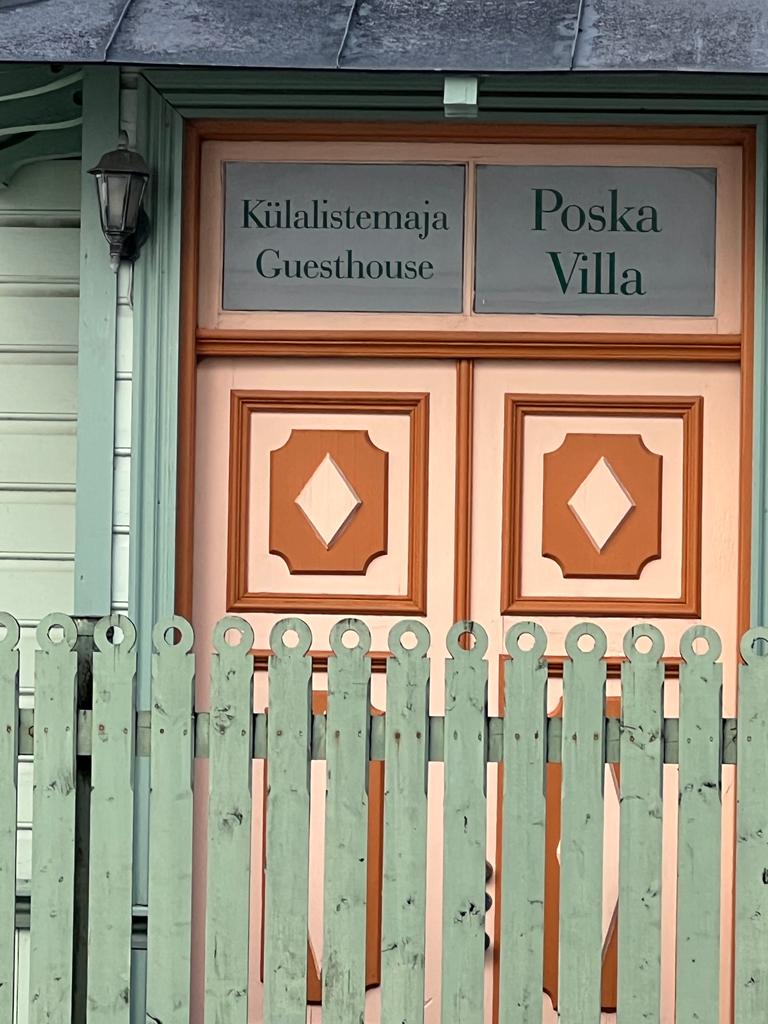
And once you are in the suburbs, you must visit the Television Tower, located in the Pirita district about 6 km from the city centre.
The tower, built for the Games of the XII Olympiad in 1980, has a viewing terrace on the 21st floor from where you can admire a truly unique panorama.
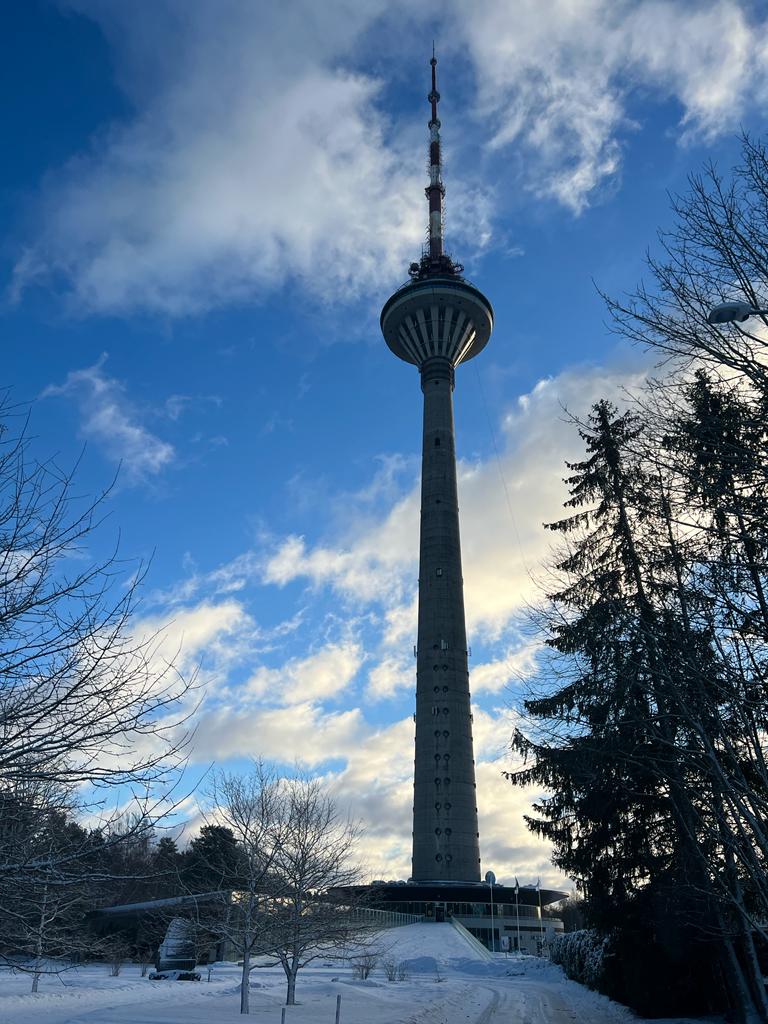
In the period I was there, I must say that tourism also due to Covid-19 was very low, but usually the city and the Tower host many tourists during the year.
Where to eat and what to eat
Estonian cuisine is a poor cuisine, characterised by products from local agriculture, but in recent years it has become very internationalised.
In Estonian cuisine, you cannot miss Leib, a typical black rye bread found in all restaurants.
The khachapuri fresh cheese cake, very good, can be found in almost every restaurant.
kohupiima korp. A typical Estonian curd cheese cake that I ate at Cafe Maiasmokk,
an establishment located in the centre about 200 metres from where I was staying.
The café takes you into an old-fashioned atmosphere with its dark wood furniture. The only flaw is the lack of service, in fact you get on the line, order and take it to your table.
One of the places where you can have a good breakfast is undoubtedly the chocolaterie “Pierre Chocolaterie“.
Very vintage, antique furniture, French music, the feeling is that every item is not there by chance.
Homemade cakes and brioche, excellent chocolates whichever you choose.
Nothing better as a place to start the day.


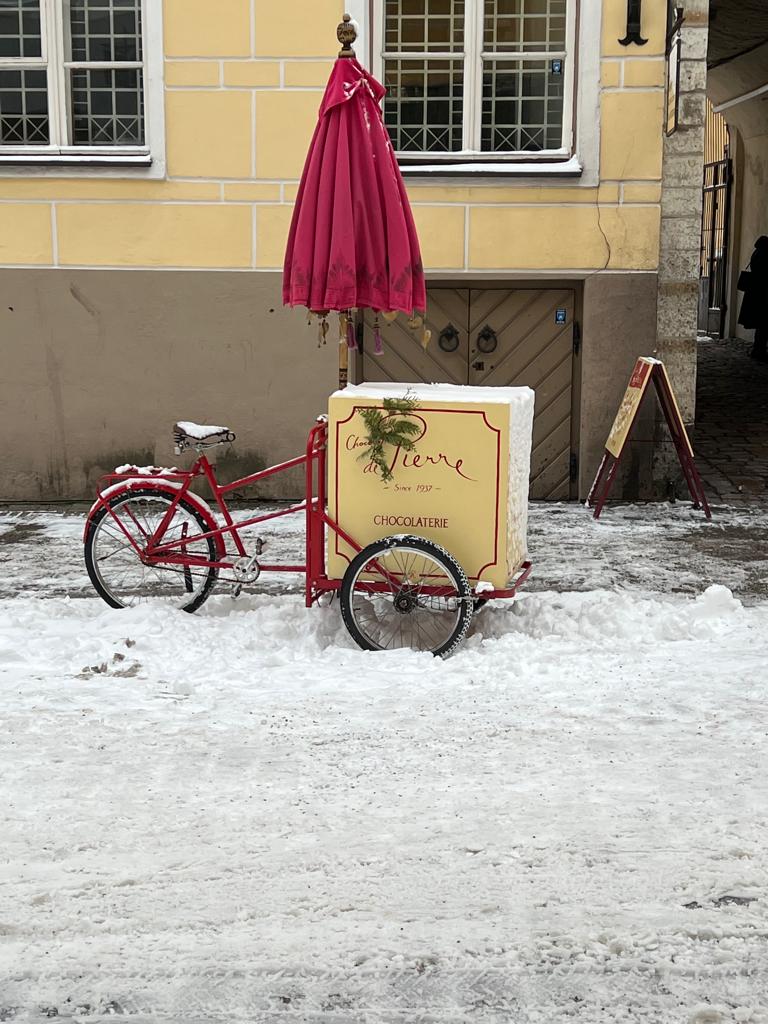
If you want to dine and be catapulted into the Middle Ages, there is nothing better than the Olde Hansa.
A beautiful restaurant located just behind the town hall square in perfect medieval style.
The restaurant is located precisely in the lower part of the city at Vana Turg 1, the waiters dressed in perfect medieval-style costumes. The dishes are very typical and quite fine, like the desserts.
Many have criticised the restaurant as being expensive and nothing special, it is indeed quite an out-of-budget place for the budget traveller, but in my opinion you have to try it. You can try various fine foods that would be difficult to find in our country, such as moose meat. It is a real blast from the past and I must say that it found my taste in both the interior and the dishes.
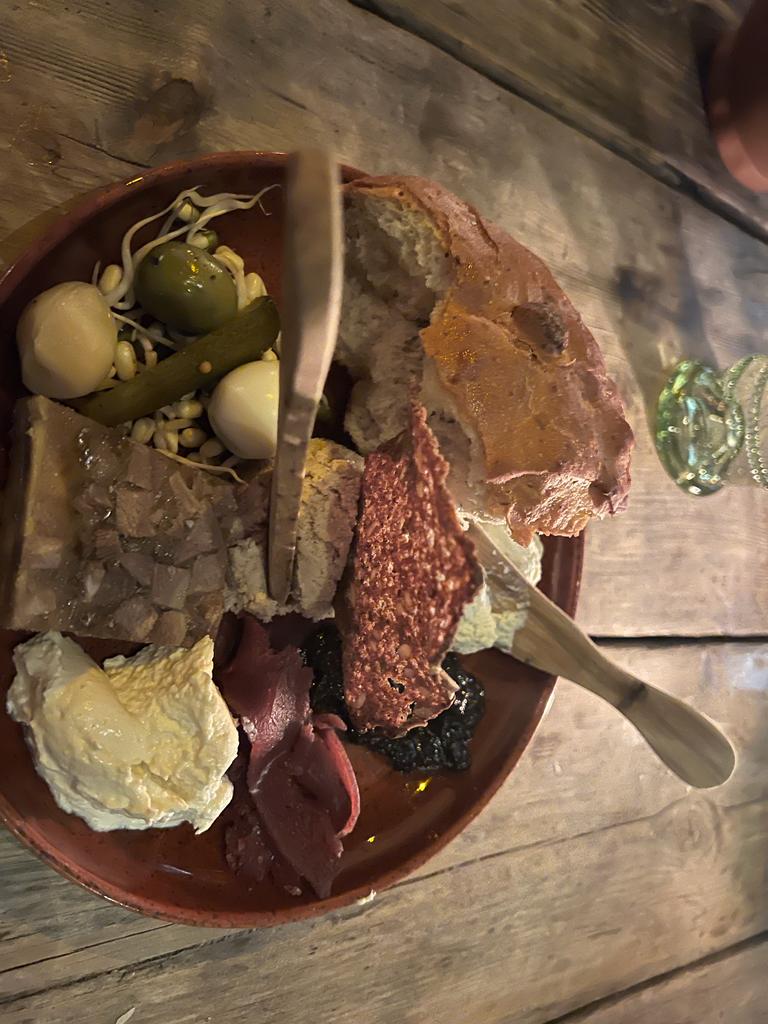
For a quiet and at the same time lovely evening, you can choose one of the many cafè in the city, where I recommend you to try the Glogg, a typical Estonian, alcoholic drink. I liked the city a lot. Today the medieval-style buildings are flanked by modern buildings. Tallinn, after the independence arrived in 1991, has invested a lot in technology, in fact everywhere you can find free internet connection. As already mentioned, it is the old town that is the main attraction. In fact, you just have to wander through the alleys to find yourself in very picturesque places and in the midst of colourful houses. It is certainly an uncommon tourist destination nowadays, but it deserves to be visited at least once.
